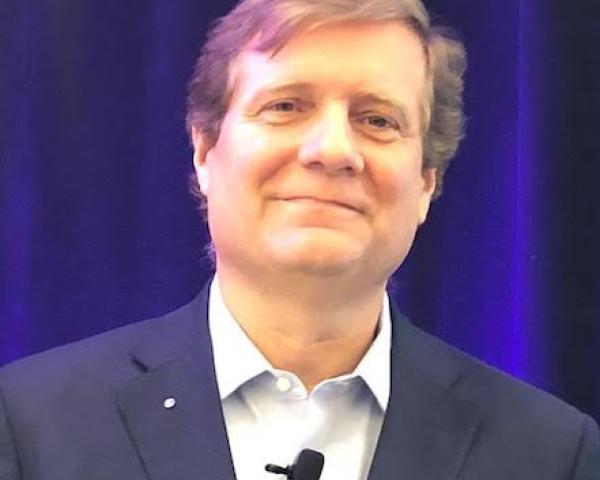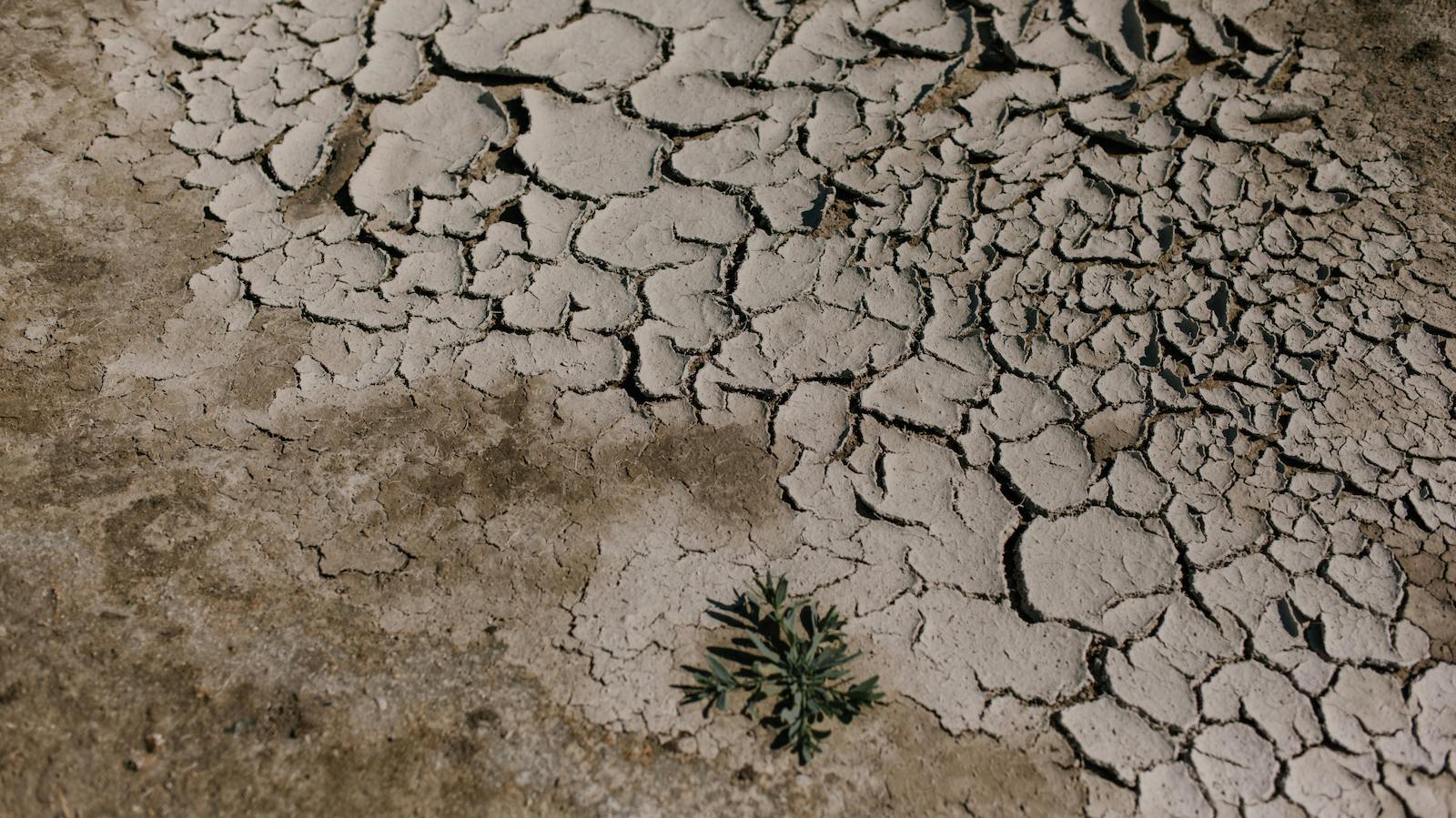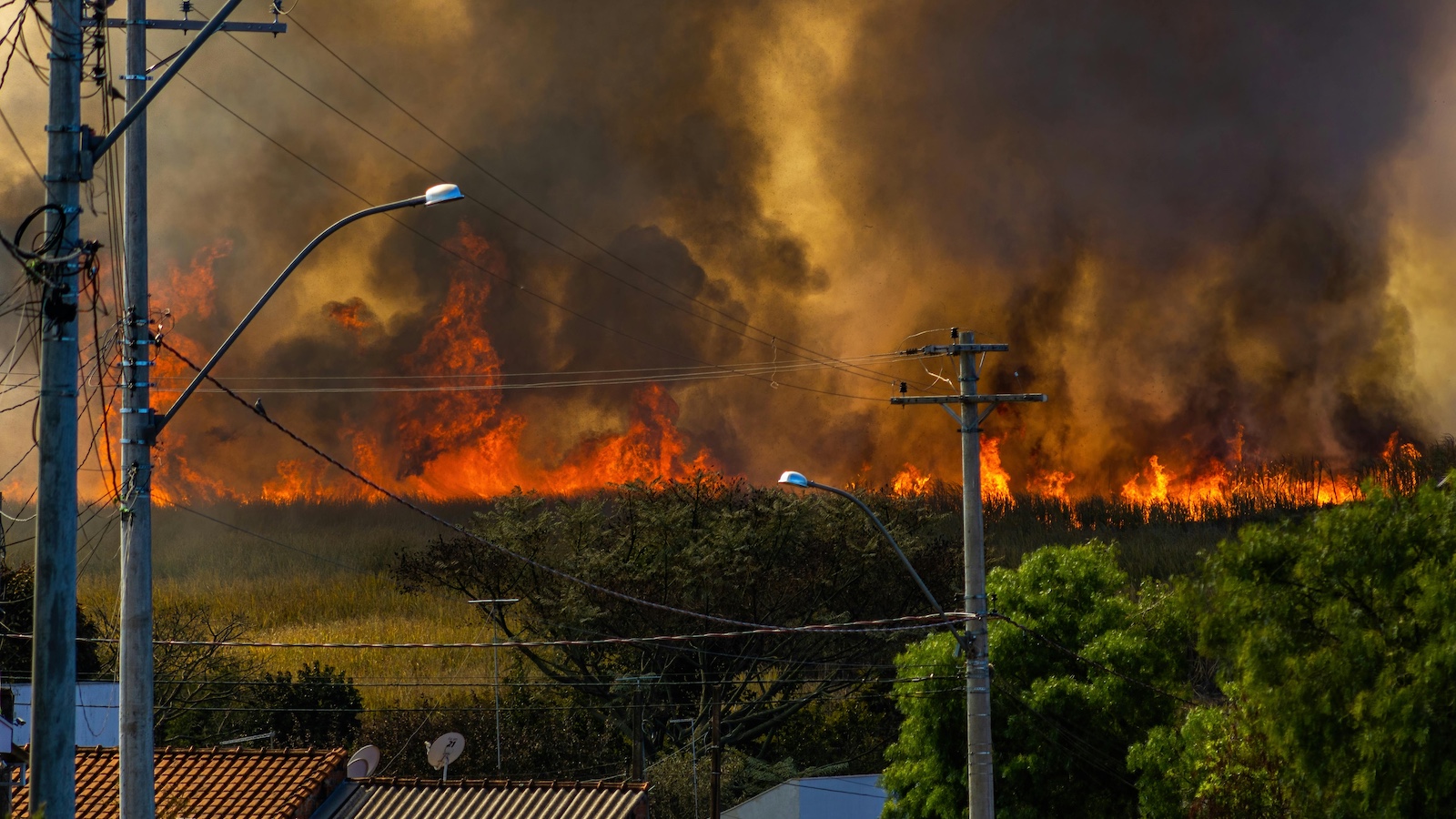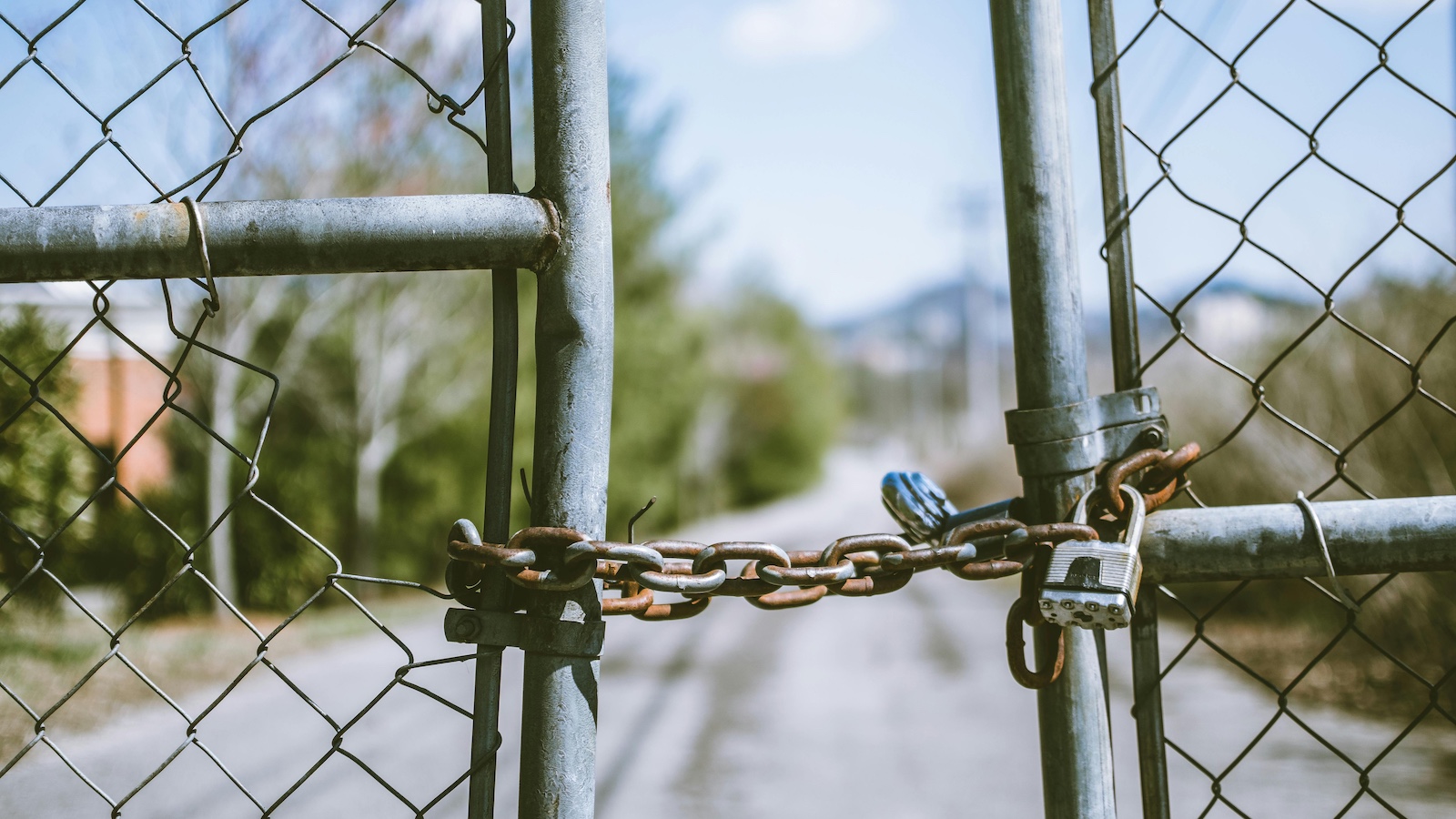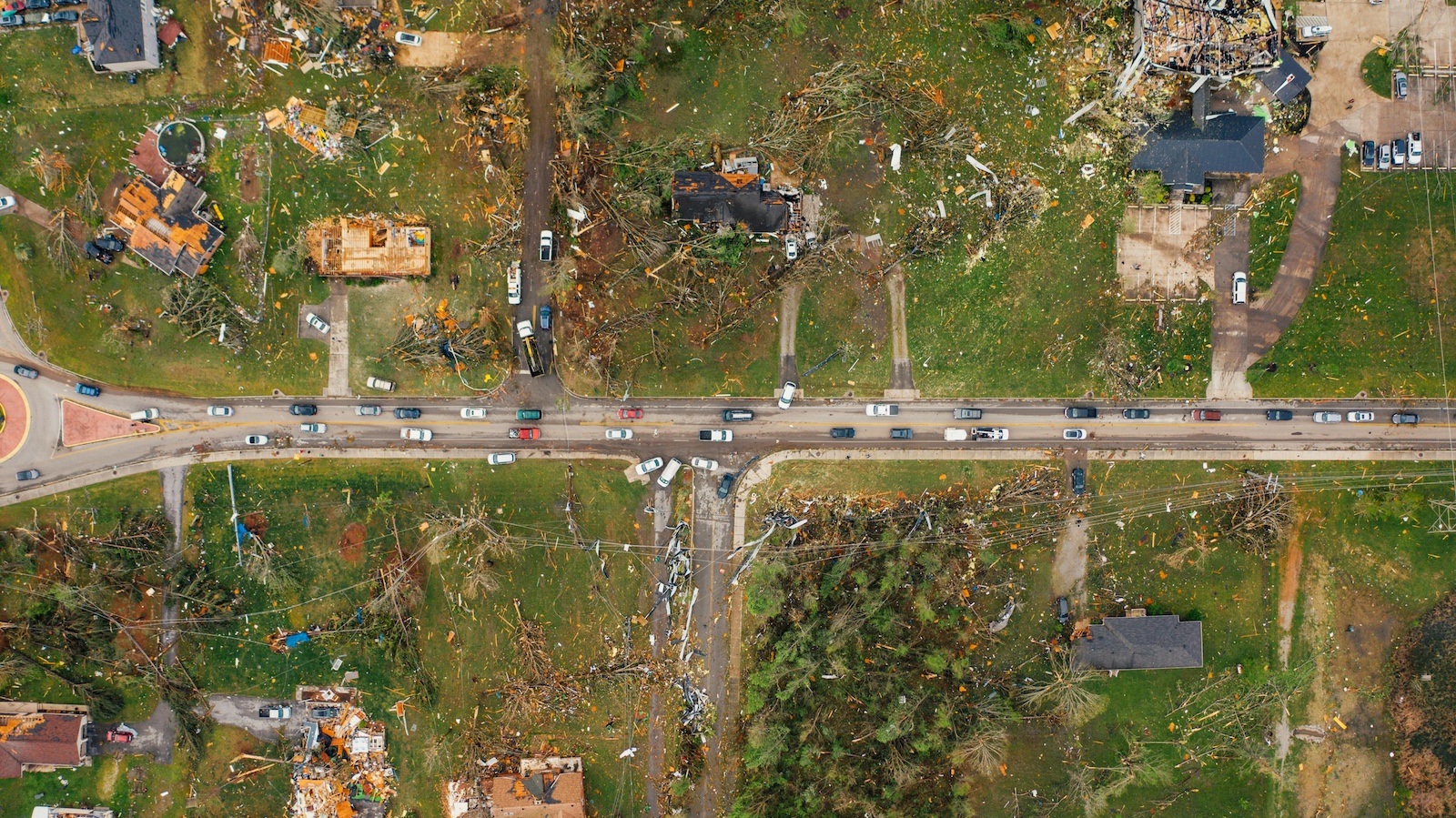Fast forward 15 years.
U.S. catastrophe losses have leveled off at sub-$350 billion for the past three years, with 2035 marking a seven-year low. The Insurance Institute for Business and Home Safety (IBHS) just certified its 1,000th Fortified Community, meaning 75% of Americans now live in a jurisdiction with a truly holistic, fully risk-aware, climate resilience plan. New housing stock in the red climate zones slid to a 10-year low. New Orleans’ recent Resilient Community Bond put that blended finance/community-based insurance market over the $5 trillion mark. In Washington, Congress has already reauthorized the barely tested Resilient USA Risk Pool, updated information-sharing rules governing the National Risk Modeling Facility and tripled the matching funding for the Mangrove Project, which over the past decade has used mangrove restoration to protect 2.5 billion people from flooding globally.
The insurance industry, rightly credited with driving a generational resurgence in analytics-based resilient thinking, became the top recruiter of young engineers and coders in the country.
All of this is clearly fiction. Or is it? Each alternative reality, if pursued relentlessly, is entirely feasible.
If we’re going to “flatten the curve” of weather losses in 15 years, we need to initiate large-scale community resilience starting . . . now. If we want to help mayors, county commissioners and governors take the brave steps needed to protect their constituents (i.e., our balance sheets) we need to find new ways to arm them with the knowledge and financing to get the job done. If we want a holistic policy framework that aligns incentives around priorities informed by risk, we in insurance need to influence debates we aren’t even part of today. And if we’re serious about winning, we need to understand that the resilience sprint we’re running is the ultimate team sport that will require a relay of impact-oriented partnerships.
In short, between now and then, the insurance industry needs to stop wishing others could see the critical role we can play in preparing the country for climate change and just start playing that role ourselves. Because never before has so much rested on the ability to understand and manage complex risks.
The challenges with our playing that role on climate are real. To start, the primary means by which we send risk signals is no longer enough — or even possible — in some cases. A highly regulated, 12-month, risk-based contract in a hypercompetitive market isn’t going to be terribly effective signaling risks that will emerge five, 10, 15 or 20 years later. We must find novel ways beyond terms and conditions to deliver the stunning bundle of risk knowledge and foresight we package into a “simple quote,” like we did with IBHS, the Insurance Institute for Highway Safety (IIHS) or Underwriters Laboratory.
The deeper challenge we face is overcoming our instinctive reflex to view climate risk as a threat to profitability not an opportunity for impact. When under a multi-variant, long-term threat, the natural tendency is to be defensive, skeptical and insular, and these survival instincts are clearly evident in the initial response to climate we’ve seen from many of our institutional voices in the U.S.
If, instead, we recognized that the world is essentially begging the insurance industry to step into its broader societal role, we would see promising paths open up before us. Paths to reawakening the awesome power of nature to secure resilience. Paths to aligning economic interests for the betterment of social interests. And paths to harnessing a sense of pride that only comes from a workforce that knows its purpose is making a difference.
See also: What the Recent Deep Freeze Portends
Now humor me again with another look at March 2036. Cat losses are linear, exceeding $400 billion, with no end in sight. Communities are paralyzed by non-stop recovery efforts, unable to make system-level changes in their risk profiles due to politicized risk projections and limited funding options. Governments are still inconsistent – in some cases contradictory – in setting pre-event incentives. The National Flood Insurance Program (NFIP) has been extended to cover personal auto flood losses to prop up the fastest-growing entitlement on the federal balance sheet. Residual markets have become the top insurer in 20 states. And the average age of an insurance sector employee just passed 54.
This, too, is pure fiction. Or is it? The answer is literally up to us. Because we are the ones who know that absent a fundamental reset the next 15 years will bring hotter weather, wetter storms, more destructive winds, higher water marks and untold human and economic misery.
We are the ones who know how to signal risk, amass risk-based capital and restore people’s lives. And we are the ones – in our actions and our inactions – making generational decisions today.
Which future are you choosing?



